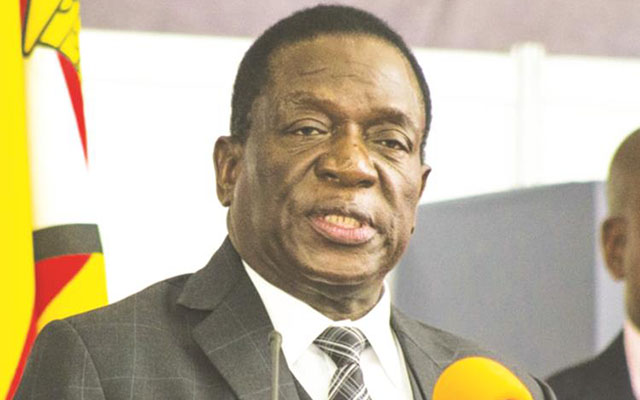Tobacco export earnings top $100 million

Livingstone Marufu
Zimbabwe has earned $101,2 million from 14,2 million kilogrammes of tobacco exported mainly to Sudan and China since the beginning of 2018. Statistics from the Tobacco Industry Marketing Board’s latest weekly bulletin, show that China accounted for over 10,4 million kg valued at $88,01 million while Sudan bought 594 600 million kg for $2,5 million.
However, the tobacco export proceeds are $30 million behind last year’s exports for the same period. With an estimated 350 million smokers, China has been spending over $200 million per annum on Zimbabwean tobacco. Part of the TIMB weekly bulletin reads: “As of last week January 31, 14, 2 million kg were exported to more than 24 countries so far, generating $101, 2 million into the local economy.
“During the same period last year tobacco exports generated $131,8 million from 21,4 million kg. The golden leaf is presently being exported to these countries at an average price of $7,11 a kg compared to $6,16 (in) the same period last year.”
Sudan has bought 594 600 kg for $2,5 million at an average price of $4,30 per kg. United Arab Emirates has so far bought 670 830 kg worth $1,19 million (average price of $1,77/kg), followed by Belgium , which has spent $1 million on 587 240 kg, while Greece stands at 348 200 kg worth $1,5 million.
Other buyers include Russia, Bulgaria, Vietnam, Hong Kong, France, Netherlands, Germany, Holland, Nigeria, Taiwan, Spain and Tanzania. Tobacco is the country’s highest foreign currency earner followed by gold. Last year tobacco exports topped $900 million, which was a marginal decrease from $933 million from the previous season. Across the country, the area put under tobacco has slightly decreased from 110 518 hectares last year to 104 397 hectares.
Mashonaland Central now has about 29 117 hectares under tobacco, while Mashonaland East and West have 34 956ha and 18 674ha respectively. Midlands, Masvingo and Matabeleland South have the least number of hectares under the golden leaf at 298ha, 48ha and 2ha, respectively.
According to the TIMB bulletin, the total number of new tobacco growers has gone up to 33 307 this season from 14 841 recorded in the same period last season. Manicaland registered a 232 percent rise in new registrations from 1 543 in the 2016 /17 season to 5 122 this season.
The province also registered a 67 percent increase in registered tobacco growers to 17 714 from 10 630 during the same period last season. Previously, a preserve for commercial farmers, tobacco has become an attractive source of livelihood for most of Zimbabwe’s communal and small scale farmers.
The number of communal farmers taking up tobacco farming has grown to 58 434 as at the review period. This shows a high appetite of growing the golden leaf among farmers. The central bank is considering opening the auctions floors early in a bid to ease foreign currency pressure Zimbabwe is experiencing.











Comments